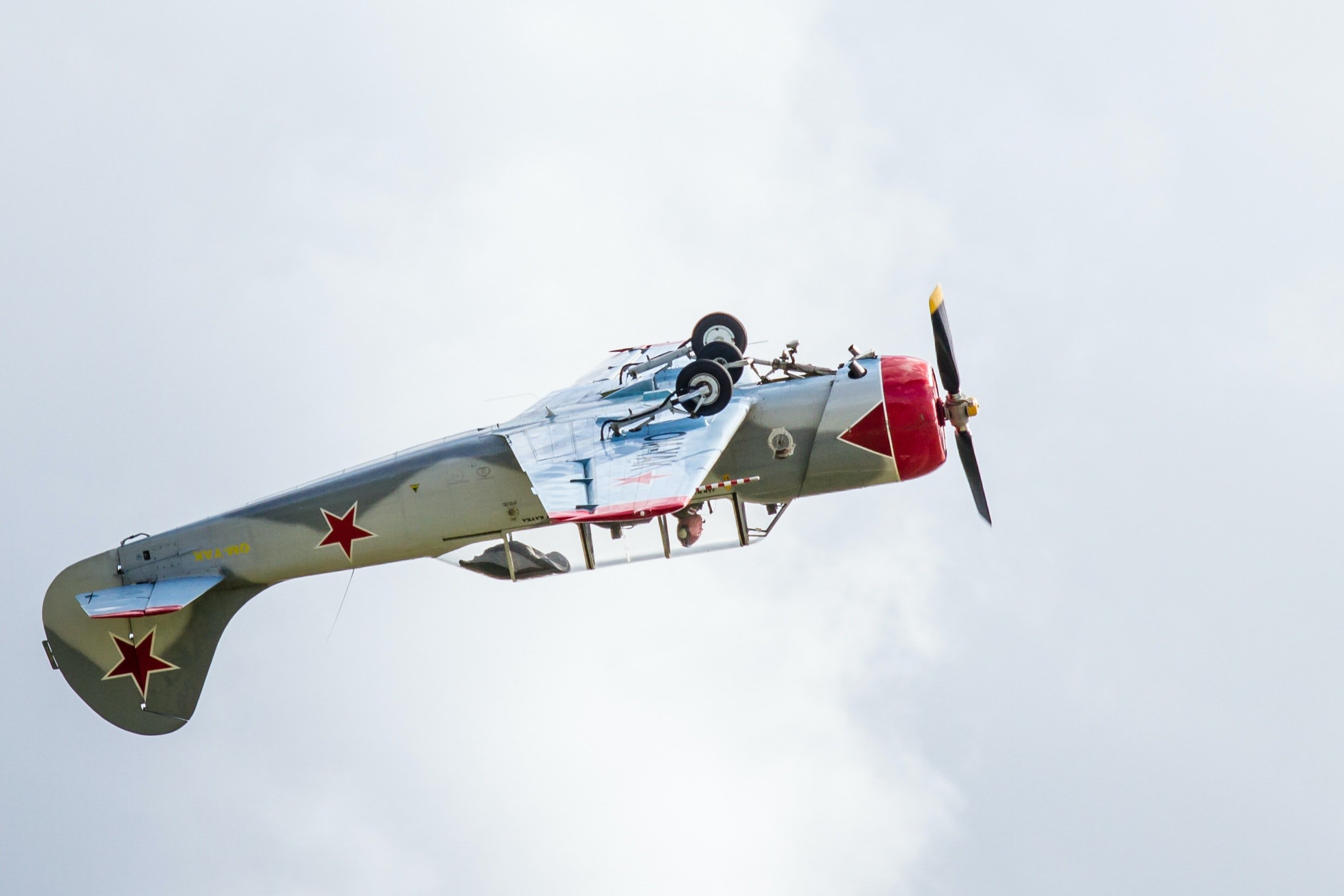The process of getting a licence

by
Posted
IF YOU’RE not already involved in the process of getting your first pilot licence or rating – but you want to start – there’s a steep learning curve not for the actual flying process but the for the learning and licensing process. This page is a high-level overview of the steps you need to follow.
Broadly speaking there are two streams of learning that you need to complete: ground school, and flying lessons.
Ground school is bookwork and classroom-style learning on how airplanes fly, meteorology, air law, navigation techniques and other stuff. Traditionally it was done in a classroom, taught by a flight instructor, but these days it’s common to enrol for an online groundschool course. To be clear, you don’t actually learn the act of flying in groundschool but you do learn a lot of ancillary knowledge that you need to be a safe and competent pilot. Completing groundschool is a prerequisite to sit for your Transport Canada written exam, about which more, later.
Flying lessons are where you work one-on-one with an instructor, with a short classroom briefing then go and get in an airplane and fly. Initial lessons will see your instructor doing some of the flying work (landings, especially) but as you get more experience and learn the exercises more and more flying is handed over to you. Once you reach an adequate level of competency your instructor can recommend you for a flight test with a Transport Canada appointed Pilot Examiner.
A typical licensing journey for a student might look like this:
Begin by booking an introductory lesson, to confirm you actually enjoy the process of being in the air.
Book a series of flying lessons, and at the same time sign up for groundschool, which you study concurrently with your first few flying lessons. Groundschool does not have to be taken at the same flight school as the one at which you fly; as long as the course meets the Transport Canada requirement for content, you can take your groundschool anywhere.
Right away make an appointment for a medical examination. You need a category 3 or category 1 medical certificate to get a Private Pilot Licence, and it can take several months for the certificate to be processed.
While having your first few lessons, study for the PSTAR exam (PSTAR stands for Pre-Solo Test of Air Regulations). You can take the PSTAR at your flight school, and if you’re curious you can download sample exams here. Once you have a medical certificate and have passed the PSTAR, your flight school can issue you a Student Pilot Permit. That allows you, when you reach the appropriate standard, to make your first and subsequent solo flights.
Keep having flying lessons while you complete your groundschool course, then do private study until you are ready to take the written exam for the licence – this is the PPAER exam for the Private Pilot Licence and the RPAER if you’re hoping to get a Pilot Permit – Recreational. The exam has to be booked directly with Transport Canada and taken at a TC testing centre.
Your flying lessons will eventually encompass all of the experience requirements for the licence or rating you are preparing for. That will include instrument time, cross-country time, solo time as well as dual instruction time.
Towards the end of your flying lessons your instructor will recommend you for a flight test with a Transport Canada appointed Pilot Examiner. Passing this test is a milestone for a student pilot.
When you’ve passed the written exam, and the flight test, and have all the experience requirements met, you can fill in the forms to get your pilot permit or licence. You can also be granted temporary licence privileges (the form to be signed is on the back of your student pilot permit) right away so you don’t need to wait for your licence booklet to arrive.
For most flight schools there’s no enrolment fee, or fixed course duration. You simply keep having lessons until you reach the required standard. If you want to take a break, that’s no problem – there’s no rule about how often you need to fly. Obviously the more you fly the shorter the period of training, but that’s up to you. Larger colleges may have formal course structure which suits some students, and they may have specific enrolment costs and training periods but that would be something you should discuss with them, if you’re thinking of learning to fly at such a place.
Some more advice from me for students about to start training is here. If having read this you have more questions, feel free to contact me and I’ll do my best to help.